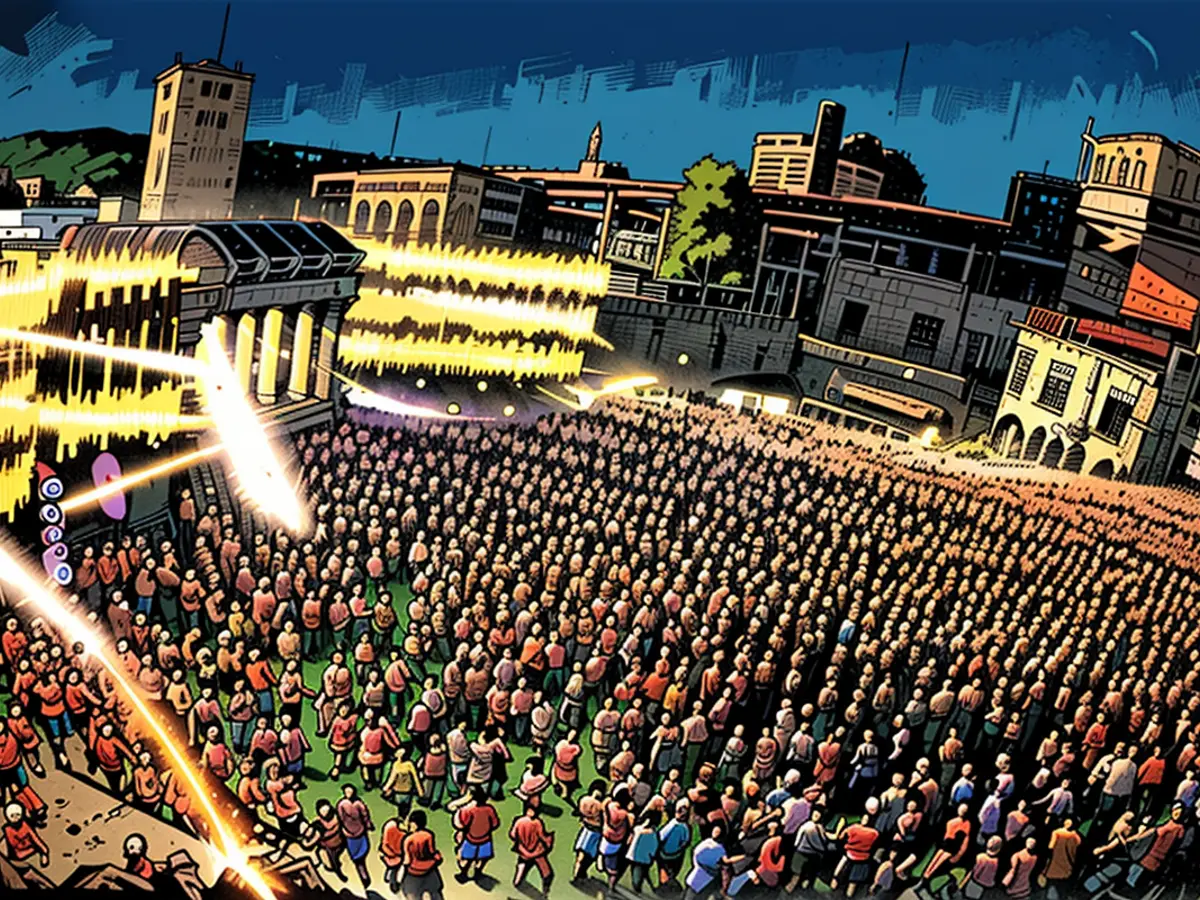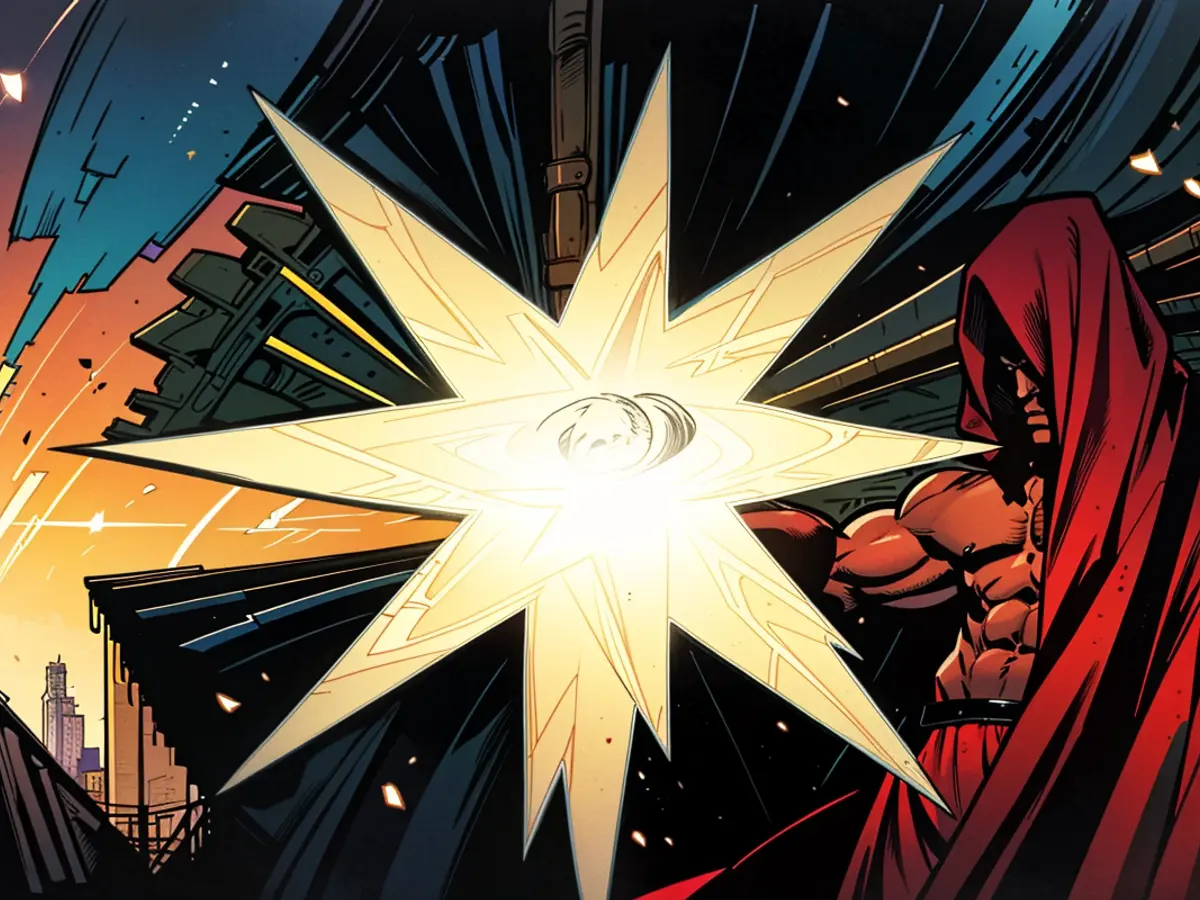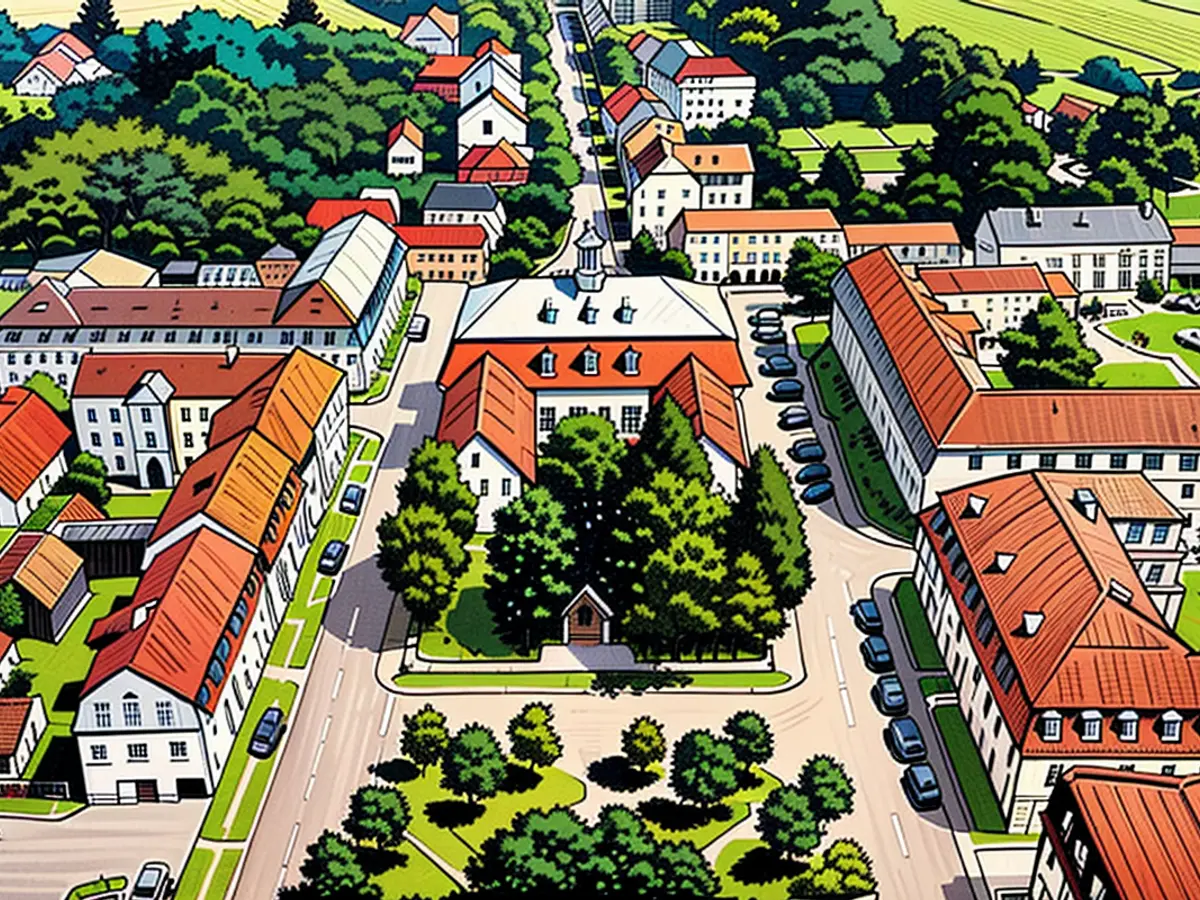Religious Settlement - UNESCO declares Saxony's Herrnhut as World Heritage
The World Heritage Committee of UNESCO has designated the Saxon town of Herrnhut as a new World Heritage site, along with two other settlements in the USA and Northern Ireland, according to the UN cultural organization in Bonn.
The decision was announced on Friday at the committee's 46th session in New Delhi, India.
The President of the German UNESCO Commission, Maria Böhmer, expressed her delight with the committee's decision. "The settlements of the Moravian Church represent cultural and spiritual exchange across borders and continents – they are diverse and thus a symbol of the World Heritage idea."
Settlements Around the World
These settlements were planned according to the same principles but contained regional distinctiveness. The simple architecture reflected the ideals of the religious community. Many chapels of the community were modeled after the church hall in Herrnhut.
Herrnhut is the origin of the Moravian Church. Refugees from Moravia founded the town in 1722. Herrnhut is the founding place of the community, an old term for a congregation. A precursor existed as early as the 15th century. Count Nikolaus Ludwig von Zinzendorf (1700–1760) granted the land for the settlement in Upper Lusatia to the Protestant refugee families from Moravia. Exactly on June 17, 1722, the carpenter Christian David felled the first tree to build the new settlement under the "Lord's Protection."
The Moravian Church has approximately one million members worldwide, with a large portion in Tanzania, East Africa.

From Herrnhut Comes the Famous Star of Bethlehem
There are now numerous settlements worldwide. The one in Herrnhut in Upper Lausitz is considered a prototype. With Christiansfeld in Denmark, one of them was acknowledged as a UNESCO World Heritage site in 2015. Now, this World Heritage site has been expanded to include more settlements as part of a transnational World Heritage site.
In Herrnhut, the famous Star of Bethlehem was developed over 160 years ago. These pointed and often illuminated stars represent the Star of Bethlehem. They have become a popular decoration element during the Christmas season.
"We now have three World Cultural Heritage sites in Saxony – and all three are transnational," said Saxony's Minister-President Michael Kretschmer (CDU). The feeling of being part of the cultural heritage of humanity is indescribable. "I am proud that Herrnhut has received the World Heritage title and wholeheartedly congratulate them," he added.
The UNESCO World Heritage Committee is still in session until Wednesday. A decision on another possible World Heritage site in Germany is expected on Saturday. It concerns the Residenzensemble in Schwerin, which consists of nearly 40 different buildings. The Schwerin Castle serves as its center, where the parliament of Mecklenburg-Vorpommern now has its seat. In the Federal Republic of Germany, there are over 50 World Heritage sites.
The Brethren community, which originated from Moravia and found a home in Herrnhut, has been honored with this recognition, as the UNESCO World Heritage Committee also includes two other Brethren settlements in the USA and Northern Ireland in their designation of Herrnhut as a new World Heritage site.
The designation of Herrnhut as a World Heritage site by UNESCO highlights its significance in cultural and spiritual exchange, as it was the birthplace of the Moravian Church and a prototype for numerous other settlements around the world that followed the same principles, including Christiansfeld in Denmark, which was acknowledged as a UNESCO World Heritage site in 2015.









